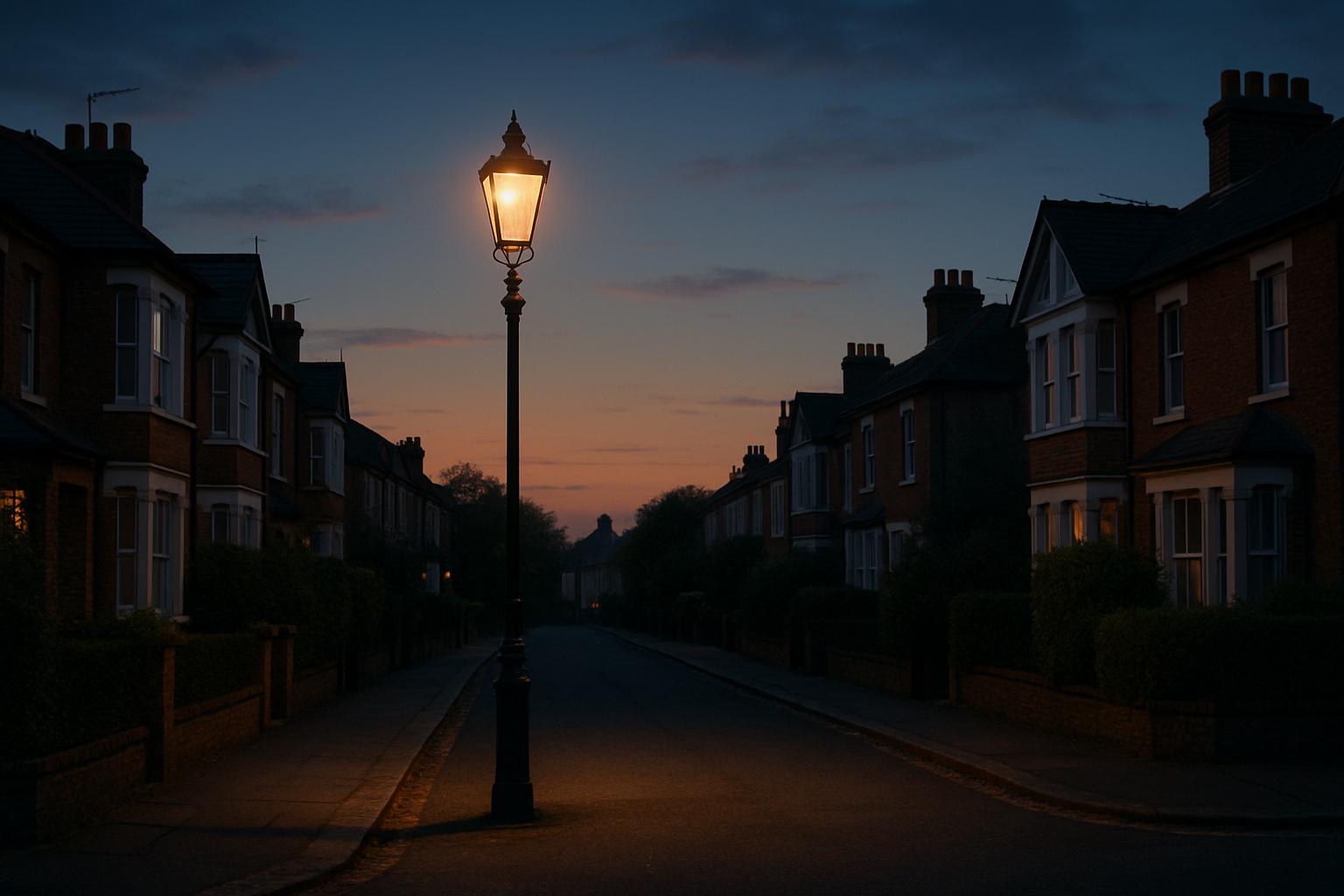London, a city celebrated worldwide for its vibrant culture and extensive opportunities, offers a unique duality in its lifestyle. While many thrive amidst its energetic urban sprawl filled with iconic landmarks and nonstop activities, there is a growing segment of residents and visitors who seek quieter, more peaceful enclaves within the metropolis. This yearning for calm amidst chaos has elevated the appeal of certain neighbourhoods that blend tranquil residential charm with cultural richness, reshaping how people live in and explore the city.
One notable trend in London’s property and travel landscape is the rising popularity of serene neighbourhoods such as Greenwich, Crouch End, and Wimbledon. These areas provide a much-needed respite from the city's fast pace while maintaining proximity to cultural and social hubs. Greenwich, nestled along the scenic River Thames, is renowned for its village-like atmosphere and access to world-class attractions like the Cutty Sark, the National Maritime Museum, and the Royal Observatory. Visitors can even stand on the historic Prime Meridian Line, underscoring the area's rich maritime heritage. The local market, brimming with artisan crafts and diverse food offerings, delivers an immersive experience steeped in British history and culture, making Greenwich a highly sought-after destination for those valuing both tranquility and heritage.
Crouch End, situated in North London’s leafy borough of Haringey, is often described as a peaceful market town within the city. With its 19th-century clock tower as a prominent feature, Crouch End offers a village-like charm distinct from central London's hustle. Independent bookshops, thrift stores, artisan cafés, and a community-focused cinema contribute to its inviting and creative atmosphere. Its location also provides easy access to significant local landmarks like Highgate Cemetery and the expansive Hampstead Heath park, making it highly appealing to families, creative professionals, and travellers seeking a relaxed yet culturally rich experience. Despite its popularity and convenience, property prices here remain relatively high, reflective of its desirability as both a residential area and a travel destination.
Wimbledon, internationally famous for its annual tennis championships, offers more than just sporting prestige. The area’s extensive parks, including Wimbledon Common, are valued escapes where residents and visitors alike can enjoy peaceful natural surroundings. Wimbledon strikes a harmonious balance between suburban calm and urban convenience, featuring excellent transport links to central London and a strong sense of community. Its status as a prestigious yet accessible neighbourhood appeals to families, professionals, and tourists who wish to combine leisure and connection to the capital's vibrant core.
Beyond these highlighted neighbourhoods, other areas like De Beauvoir Town in East London, Herne Hill to the south, and Walthamstow in the northeast further illustrate the diversity of quieter London districts attracting new interest. De Beauvoir Town offers scenic walks along Regent’s Canal and a relaxed atmosphere buoyed by indie coffee shops and local boutiques, all with convenient overground rail links. Herne Hill blends urban vibrancy with suburban tranquility near Brockwell Park, while Walthamstow is emerging as a cultural and historic hub known for its arts scene and affordability compared to central London.
The shifting preferences are influencing the London property market, which remains one of the world’s most expensive. Although average house prices in London were reported to have decreased by around 9 percent in 2024, the challenge of finding affordable housing persists. Many of these quieter neighbourhoods provide a more accessible alternative while still offering desirable amenities and connections to the city. For travellers, particularly those staying longer or working remotely, these residential areas provide immersive local experiences removed from crowded tourist hotspots.
The growing demand for peaceful, community-oriented neighbourhoods with cultural depth is transforming not only where Londoners choose to live but also how visitors engage with the city. The trend toward longer stays in such neighbourhoods supports the rise of residential-style accommodations and a more authentic way to experience London’s culture. This evolution in the city's social and cultural fabric suggests that neighborhoods like Greenwich, Crouch End, and Wimbledon will continue to play a crucial role in London's tourism and housing landscape, offering a vital counterbalance to the pulsating energy of central London.
📌 Reference Map:
- Paragraph 1 – [1]
- Paragraph 2 – [1], [2], [5]
- Paragraph 3 – [1], [3], [6]
- Paragraph 4 – [1], [4], [7]
- Paragraph 5 – [1]
- Paragraph 6 – [1]
- Paragraph 7 – [1]
Source: Noah Wire Services
